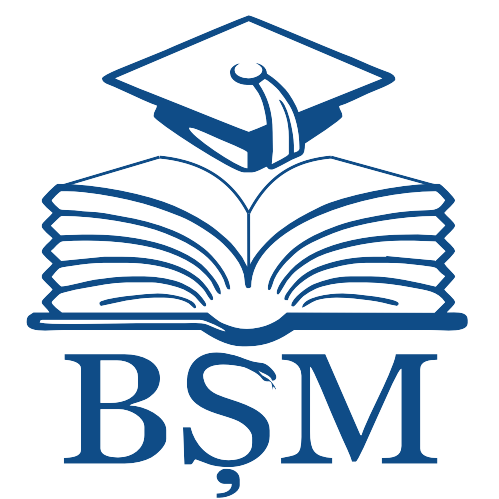- IRMS - Nicolae Testemitanu SUMPh
- 1. COLECȚIA INSTITUȚIONALĂ
- MedEspera: International Medical Congress for Students and Young Doctors
- MedEspera 2024
Please use this identifier to cite or link to this item:
http://hdl.handle.net/20.500.12710/28831
| Title: | Measuring and evaluation – basic tools in public health |
| Authors: | Rîmiș, Paola |
| Issue Date: | 2024 |
| Publisher: | Instituţia Publică Universitatea de Stat de Medicină şi Farmacie „Nicolae Testemiţanu” din Republica Moldova |
| Citation: | RÎMIȘ, Paola. Measuring and evaluation – basic tools in public health. In: MedEspera: the 10th Intern. Medical Congress for Stud. and Young Doctors, 24-27 April 2024: abstract book. Chișinău, 2024, p. 427. ISBN 978-9975-3544-2-4. |
| Abstract: | Introduction. The problem of preservation of the health of the population is considered a top
priority for public health, which requires the development of coordinated actions to improve the
health and quality of life of the population. The health profile is the most effective tool for
providing evidence for the development of health policies at the community level.
Aim of study. The aim of the study was the evaluation of the Health Profile tool implementation
in the activity of the Public Health Center and Public Authority of the Balti Municipality.
Methods and materials. The methodology of the National Guide on developing the Health Profile
of population at the territorial-administrative unit level, approved by order of the Ministry of
Health of the Republic of Moldova no. 1363 from 01.12.2014 was applied. There were analyzed
42 statistically relevant indicators for M&E of non-communicable diseases (NCDs) and
determining factors as well as the decisions issued by the Public Administration of the Balti
Municipality regarding public health issues. The observation period covers the years 2016-2020.
Results. The development process of the health profile of the Balti municipality was started in
2014 and includes the analysis of the health status of the population and the determining factors in
their multi-annual dynamics, during the years 2007-2014. In the routine monitoring, public health
specialists applied the statistical indicators, available in the open-access databases. The
epidemiological analysis of 42 statistical indicators recorded in the period 2015-2020 highlighted
trends that differ from those identified in the previous period, in the positive aspects. The Public
Administration of the Balti Municipality adopted 16 decisions based on the evidence from the
health profile.
Conclusion. The health profile is an effective M&E tool in public health. Currently, only 40% of
the indicators provided for by the National Guide are collected, mostly focused on noncommunicable diseases. It is important to involve and support the Local Public Authority, which
can provide truthful data for completing the territorial health profile with their use in the process
of planning and evidence-based decision-making, at the moment being rated at a medium average
level. |
| metadata.dc.relation.ispartof: | MedEspera: The 10th International Medical Congress for Students and Young Doctors, 24-27 April 2024, Chișinău, Republic of Moldova |
| URI: | https://medespera.md/en/books?page=10
https://repository.usmf.md/handle/20.500.12710/28831 |
| ISBN: | 978-9975-3544-2-4 |
| Appears in Collections: | MedEspera 2024
|
Items in DSpace are protected by copyright, with all rights reserved, unless otherwise indicated.
|


